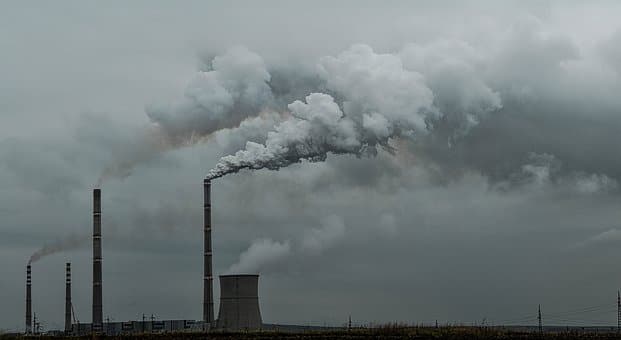Oregon Governor Orders Sweeping Climate Action Setting Sector-Specific Emissions Caps, Tougher Clean Fuel Targets

Democratic Governor Kate Brown signed an executive order on March 10, setting a goal for the state to achieve 45 percent emissions reductions by 2035 and 80 percent by 2050, relative to 1990 levels. The order, which comes after the legislature failed to pass a cap-and-trade bill for the second year in a row, directs a state agency to set and enforce declining caps on emissions from transportation fuels, natural gas, and large industrial sources. To lower emissions from cars and trucks, the order more than doubles the goal of the state’s clean fuels program to 20 percent reduction by 2030, and 25 percent by 2035, the most ambitious target in the country. The order adds climate action as a top priority for agency decision making, and outlines measures to reach the new goals, such as higher energy efficiency for buildings and appliances, a strategic plan to accelerate electric vehicle use, and emission-conscious transportation spending.
The order directs the state’s building codes division to implement measures to increase energy efficiency standards for new buildings and the Department of Energy to make the state’s appliance efficiency standards equal to the most stringent in the country.
The Oregon Department of Transportation is tasked with creating a statewide public electric charging plan to accelerate the usage of electric vehicles across the state. The order directs the department to develop a tool to evaluate future transportation spending “through the lens of reducing greenhouse gas emissions,” and requires regional transportation planning organizations to follow suit.
To accelerates the transition to clean energy resource in the utility sector, the order directs the Public Utility Commission to help utilities achieve the new emission goals and implement the recommendations of the Governor’s Council on Wildfire Response to protect the power grid from the growing risks and severity of wildfires.
EnerKnol Pulses like this one are powered by the EnerKnol Platform—the first comprehensive database for real-time energy policy tracking. Sign up for a free trial below for access to key regulatory data and deep industry insights across the energy spectrum.
ACCESS FREE TRIAL